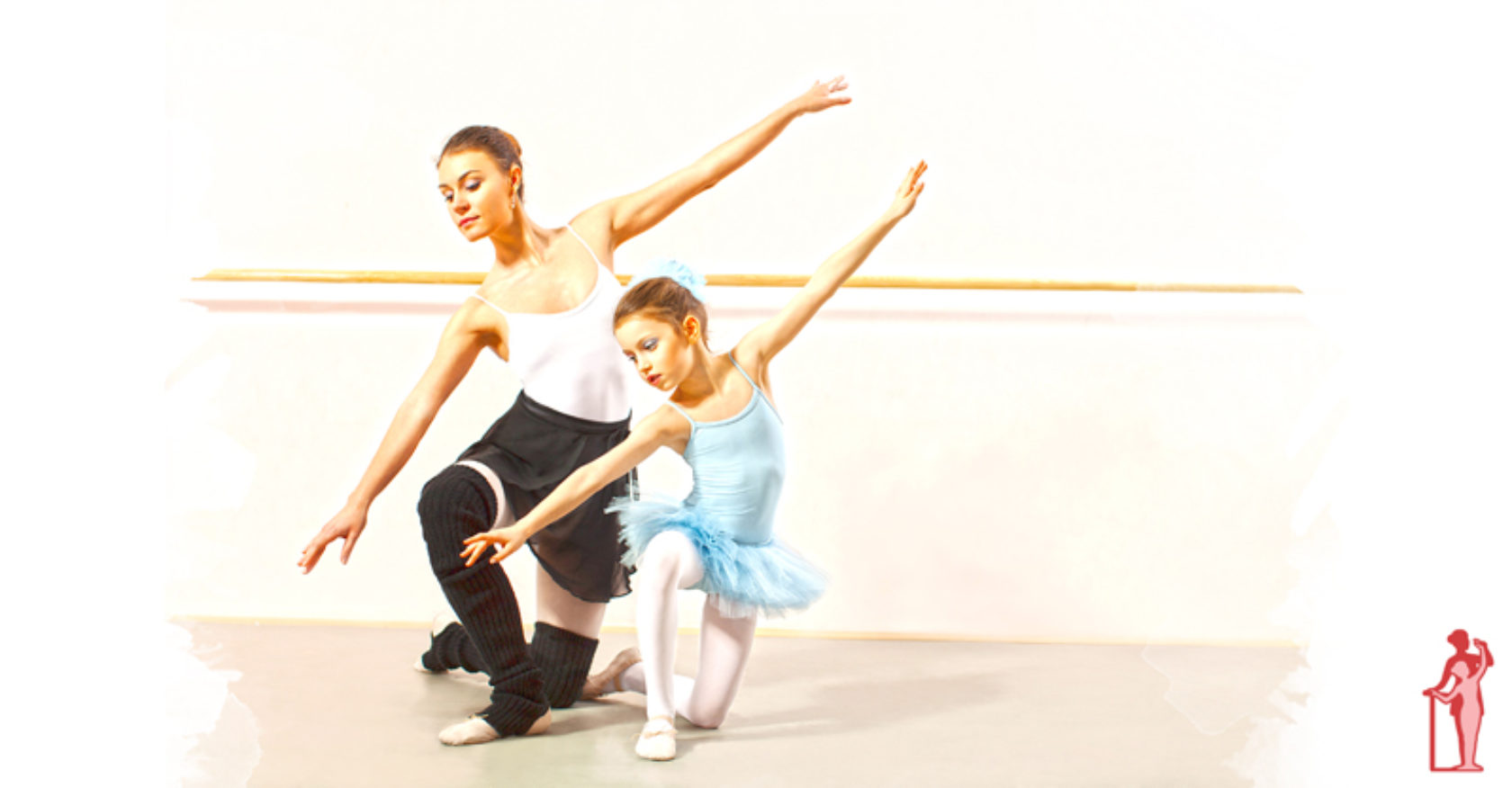
I bid adieu to a classroom of 8 to 10 year old students this morning. It was our last class before the recital, and it was so wonderful to have had the opportunity to teach them this year. Many of them will move up into the next level, but some of them I will have the pleasure of being able to continue teaching next year.
While preparing the
Level 4 Curriculum for release, I came across this excerpt by
Ruth Brinkerhoff and found the timing of it to be very appropriate. Remember, you are
not just teaching them to dance. You are shaping and molding a
whole person every time they walk into your studio.
Often, in teacher workshops, I’ve had teachers say, ‘I just want to teach them a little dancing. I don’t want to bother with anything else.’
Each student is a whole person, and they cannot just bring their muscles to class and nothing else. A teacher or caretaker of children in any setting is, whether they consciously choose to or not, teaching the ‘whole child’, the ‘whole person.’
When we try to ignore social behavior, it can become a serious problem in a dance class. Sometimes teachers ignore and tune out the undesirable behaviors, so it doesn’t bother them. But what about the interaction that occurs at the feeling level between students?
Dance Teachers Must Teach More Than Dance Steps
They must teach:
- Behavior, through repetitive practice of appropriate rules and consistent procedures in class.
- Attitudes, through example, through strength of character and maturity in the teacher–be a strong role model.
- Social interaction on a caring, sharing, being fair basis, by direct instruction, by story lines in the dance activities, by giving them real, concrete experiences with the concepts being taught, and by being carefully fair and treating all on an equal basis.
- Ballet and dance as a performing art form, by teaching more about the subject matter used in class, more than before, so that the traditional themes of dance class become familiar to the children.
- The very important difference between make believe and reality! This is another big learning being lost in the total fantasy of TV, video games, action toys, movies, and books that merely reinforce the confusion.
- Kindness and caring about all forms of life, through examples of attitude, story themes in dance class, and giving them small practices of kindness and courtesy towards each other.
Teachers need to know that they are an influence in every student’s life. They can and should teach courtesy, respect, and correct behavior and speech along with the dancing. You do this as the need arises.
You expect correctness in their behavior, and compliance with your rules. If this happens, give them some positive reinforcement, some tiny minutes of individual attention and approval. You’ll be glad you did.
This is the beauty of teaching, friends. For that brief, one-hour window of time each week, you are given the opportunity to bring positive, nurturing encouragement into a child’s life. Who knows? There may be students in your class who don’t receive that kind of optimism and inspiration in the other places they frequent. The calling of a dance teacher is a high one, and we are so privileged to be shaping our students’ lives each and every class period.
Related Articles

Related
 I bid adieu to a classroom of 8 to 10 year old students this morning. It was our last class before the recital, and it was so wonderful to have had the opportunity to teach them this year. Many of them will move up into the next level, but some of them I will have the pleasure of being able to continue teaching next year.
While preparing the Level 4 Curriculum for release, I came across this excerpt by Ruth Brinkerhoff and found the timing of it to be very appropriate. Remember, you are not just teaching them to dance. You are shaping and molding a whole person every time they walk into your studio.
I bid adieu to a classroom of 8 to 10 year old students this morning. It was our last class before the recital, and it was so wonderful to have had the opportunity to teach them this year. Many of them will move up into the next level, but some of them I will have the pleasure of being able to continue teaching next year.
While preparing the Level 4 Curriculum for release, I came across this excerpt by Ruth Brinkerhoff and found the timing of it to be very appropriate. Remember, you are not just teaching them to dance. You are shaping and molding a whole person every time they walk into your studio.


Comments
Kathie says
Notify me of new posts by email.
ai says
Great article... I completely agree with your points.
Thanks for sharing
casino ev88 says
Hi mates, its enormous paragraph concerning tutoringand entirely defined,
keep it up all the time.
Add Comment